公司新聞
冷再生回收再利用的施工工藝!
來源:http://www.cansolv.cn/ 日期:2021-01-28
冷再生是銑刨原瀝青路面面層后,將銑刨料運至拌合站后進行破碎和篩分,并摻入適當比例的新集料,再生結合料、再生劑、活性填料(水泥、石灰等)及水等材料后經過常溫拌和、攤鋪、碾壓等工序,冷再生可實現舊瀝青路面回收再生重利用。冷再生工藝適用于高速公路和一、二級公路瀝青路面的下面層及基層、底基層,三、四級公路瀝青路面的面層。
Cold recycling is that after milling the original asphalt pavement surface, the milling material is transported to the mixing station for crushing and screening, and mixed with appropriate proportion of new aggregate, recycled binder, regenerant, active filler (cement, lime, etc.) and water and other materials, then through normal temperature mixing, paving, rolling and other processes, cold recycling can realize the recycling of old asphalt pavement. Cold recycling technology is suitable for the lower layer, base and subbase of Expressway and first and second class highway asphalt pavement, and the surface layer of third and fourth class highway asphalt pavement.
當用于三四級公路的面層時,應采用稀漿封層、碎石封層、微表處等作為表面磨耗層。冷再生是采用專用銑刨設備銑刨原瀝青路面后,將銑刨料運至拌合站后進行破碎和篩分(必要時),并摻入適當比例的新集料、再生結合料、再生劑、活性填料(水泥、石灰等)及水等材料后經過常溫拌和、攤鋪、碾壓等工序,實現舊瀝青路面再利用的技術。
When it is used for the surface course of class III and IV Highway, slurry seal, gravel seal and micro surfacing shall be used as the surface wearing course. Cold recycling is a technology that uses special milling equipment to mill the original asphalt pavement, transport the milling material to the mixing station for crushing and screening (if necessary), and mix with appropriate proportion of new aggregate, recycled binder, recycled agent, active filler (cement, lime, etc.) and water, and then mix, pave, roll and other processes at room temperature to realize the reuse of the old asphalt pavement.


冷再生技術特點是銑刨的舊瀝青混合料(同基層一起銑刨時,含基層材料)可以全部回收利用,降低了原材料成本,減少環境污染。用乳化瀝青作為有機再生結合料以及水泥或石灰作為無機再生結合料,形成一種復合有機水硬性材料,提供足夠的承載力。由于采用乳化瀝青改善了施工條件,延長了可施工季節。與就地冷再生相比,對混合料配合比控制更為準確,提高路面平整度,保證路用性能。
The feature of cold recycling technology is that the milled old asphalt mixture (including the base material when milled together with the base) can be fully recycled, reducing the cost of raw materials and reducing environmental pollution. Using emulsified asphalt as organic recycled binder and cement or lime as inorganic recycled binder, a composite organic hydraulic material is formed to provide sufficient bearing capacity. The application of emulsified asphalt improves the construction conditions and prolongs the construction season. Compared with in-situ cold recycling, the control of mixture proportion is more accurate, which can improve pavement smoothness and ensure road performance.
冷再生工藝對于不值得進行熱再生回收的舊料也可以再生利用,從而有效解決舊料廢棄和環境污染問題。將回收并堆放于拌合場地的銑刨料通過40mm的振動篩清除超粒徑顆粒,將粗、細料分類堆放,并按照設計好的泡沫瀝青冷再生混合料配合比,將材料投入冷再生機中進行泡沫瀝青冷再生。攤鋪機以1.5~2.5 m/min的速度,將拌合好的泡沫瀝青再生混合料回鋪到水泥穩定碎石基層上。再生混合料攤鋪作業完成后,由壓路機對泡沫瀝青冷再生基層進行初壓、復壓、終壓組合碾壓。
The cold recycling process can also recycle the old materials which are not worthy of hot recycling, so as to effectively solve the problems of waste materials and environmental pollution. The milling material recovered and stacked in the mixing site is cleared by the 40mm vibrating screen. The coarse and fine materials are stacked and stacked. According to the mix proportion of the foamed asphalt cold recycled mixture designed, the material is put into the cold recycling machine for cold regeneration of the foamed asphalt. The paver regenerates the mixture of recycled foamed asphalt into cement stabilized macadam base at a speed of 1.5 to 2.5 m/min. After the regenerated mixture paving operation is completed, the roller asphalt cold recycling base is initially compacted, repressed and final compacted by roller.














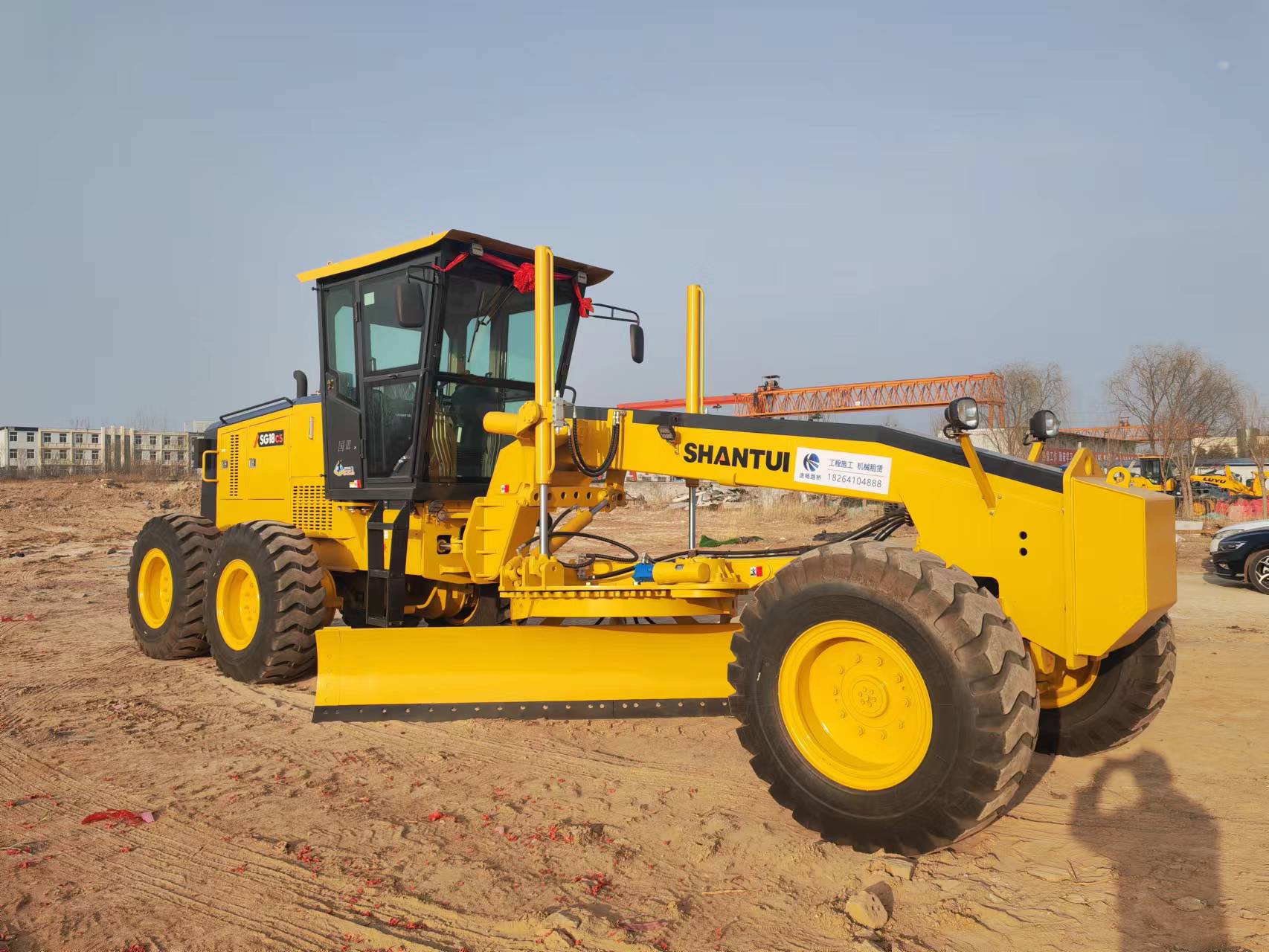





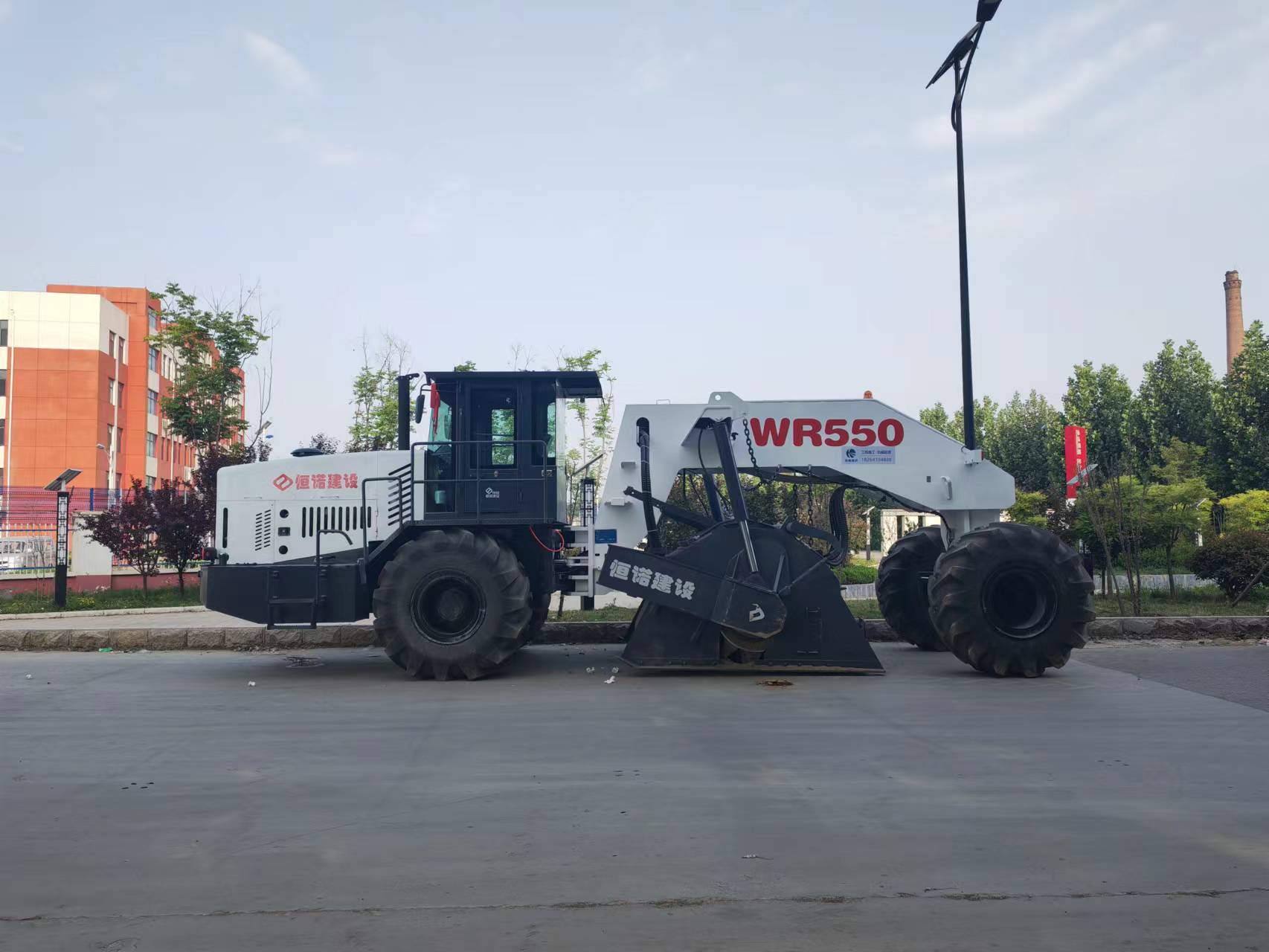



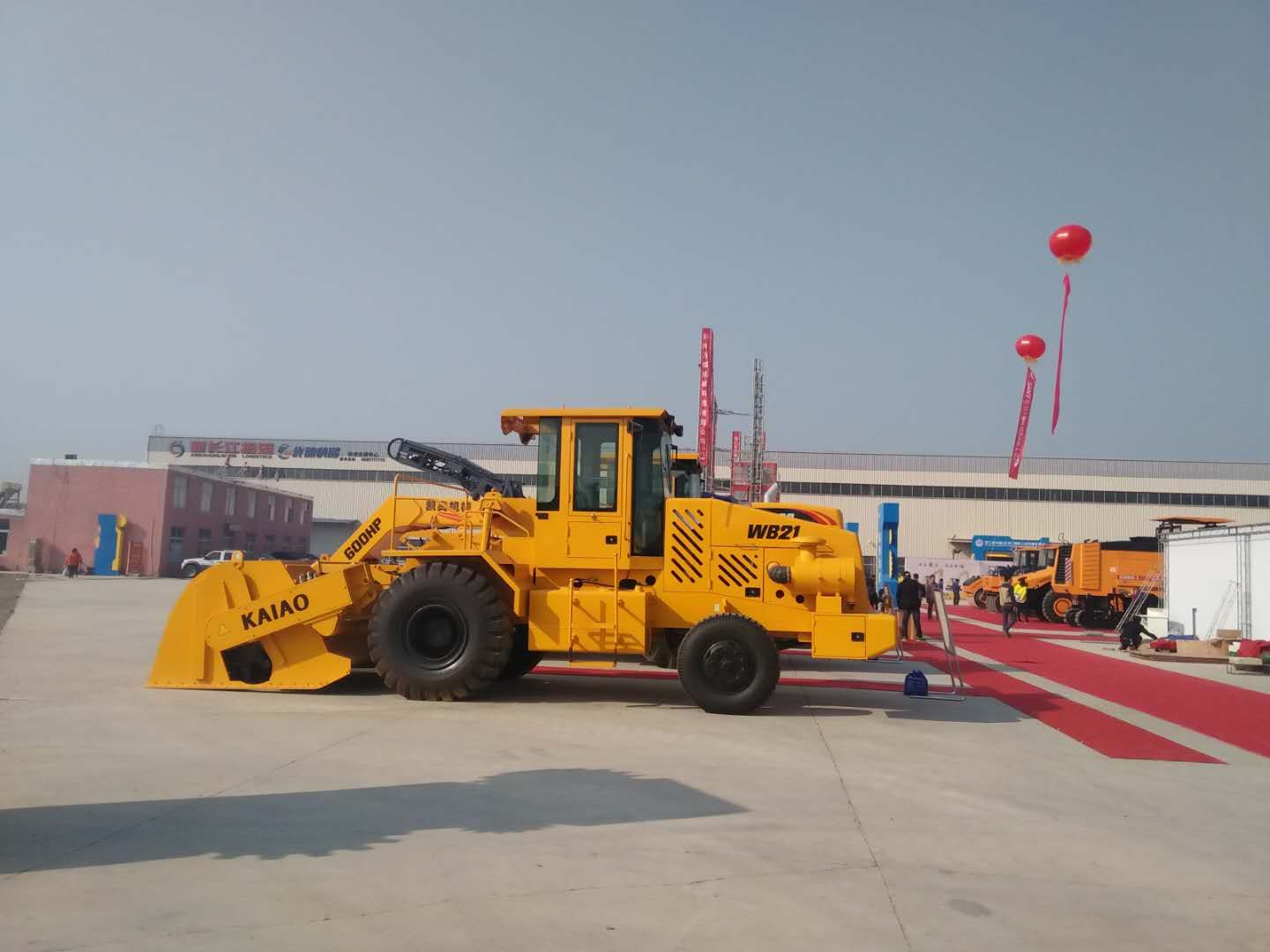


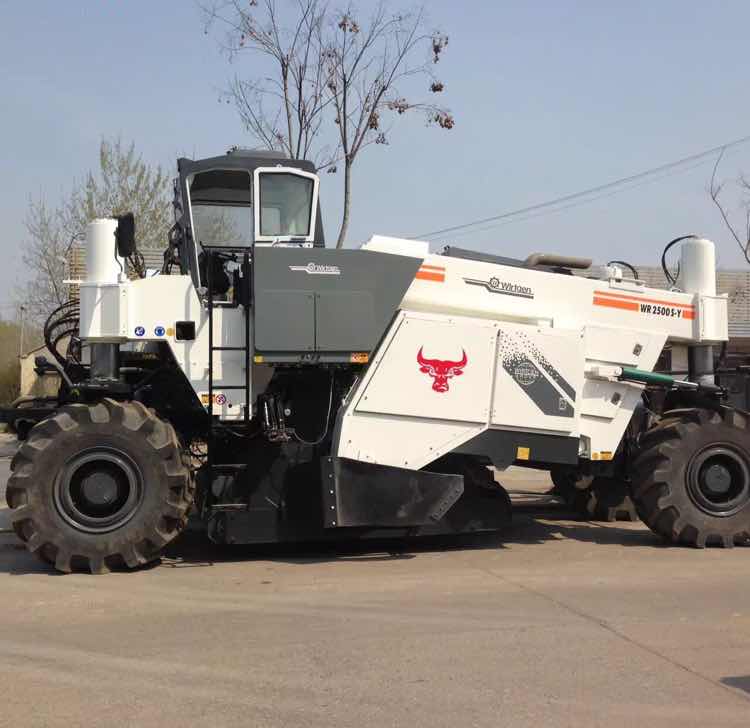


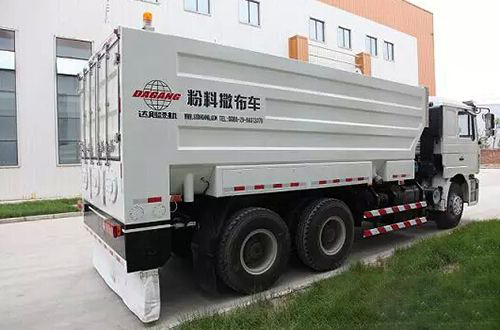








 公司地址:濟南市槐蔭區經一路273號群盛華城2號樓1-404
公司地址:濟南市槐蔭區經一路273號群盛華城2號樓1-404 公司名稱:山東途暢路橋工程有限公司
公司名稱:山東途暢路橋工程有限公司  備案號:
備案號: